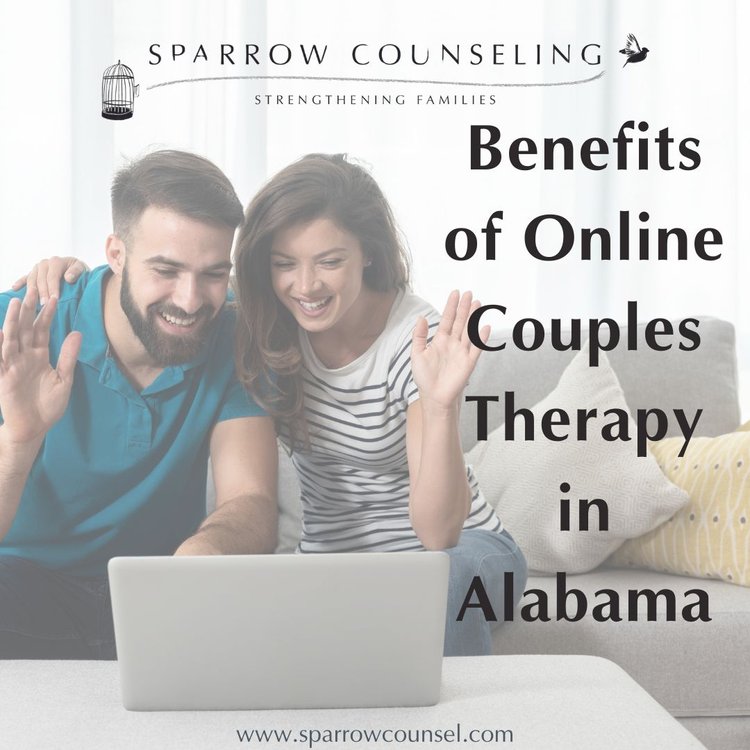Aim Point Counseling for Beginners
Aim Point Counseling for Beginners
Blog Article
The Single Strategy To Use For Aim Point Counseling
Table of ContentsAim Point Counseling - The FactsA Biased View of Aim Point Counseling3 Simple Techniques For Aim Point CounselingAbout Aim Point CounselingThe 2-Minute Rule for Aim Point Counseling6 Easy Facts About Aim Point Counseling Shown
The longitudinal layout includes a pre-treatment study and two follow-up studies at 3- and 12-months post-intervention. The study is embeded in 8 Relationships Australia Victoria centres, throughout cosmopolitan, outer suburban areas, and regional/rural websites. Relationships Australia, a non-government organisation, is the biggest company of pair counselling and connection solutions in Australia.
In Australia, the median length of marital relationship prior to splitting up is 8.8 years, and approximately half of all divorces involve couples with kids [1] These high rates of connection breakdown have been constantly linked with negative health repercussions for both grownups and kids complying with divorce/separation. These consist of seclusion from assistance networks, and reduced income and standard of living for both adults and children [3], dilemmas of loyalty over kids for guys, and anxiety and loss of identity for women [4,5]
Aim Point Counseling - Questions
Longitudinal research studies additionally recommend that children of separation have a higher incidence of emotional conditions, alcohol and drug usage, and dangerous sexual practices [7] The impacts of separation and separation can be detrimental, research study indicates that high connection discord in undamaged pairs is likewise likely to have adverse outcomes.
Research to date has recognized both pair and specific variables that may add to relationship dissonance. These include connection satisfaction and commitment at the couple level, and anxiety at the individual level.
Not known Facts About Aim Point Counseling
Partnership fulfillment has been the most usual result variable determined in more than 200 evaluations of pair therapy [11,12] Research studies have located considerable improvements in relationship contentment from pre- to post-treatment [13,14] and throughout one to two years following coaching [15] In these research studies, relationship contentment was most often assessed making use of the Dyadic Modification Scale (DAS) [16] For that reason, while a lot of studies suggest improvements in connection complete satisfaction adhering to couple coaching, they are limited by the examples and steps used, mainly short-term follow-up time frameworks, and analyses that do not represent the dyadic nature of pair data. Partnership dedication, based upon steps such as the Commitment Supply (CI) [19], is an additional typically checked out partnership outcome.
To summarise, study shows that couple-specific variables in addition to individual factors may predict the outcomes of couple counselling and relationship services. The causal instructions of these partnerships, nonetheless, is much less clear. These observations are very important, considering that, to validate and assist the application of partnership solutions such as couple counselling, empirical evidence has to discover both the end results of connection services and the factors that predict effective treatment.
, at the very least in some European nations.

We presently know little regarding the accounts of couples that choose partnership education compared to those that seek connection counselling, or the results of these programs. However, anecdotal proof recommends that there may be substantial distress amongst at least some pairs seeking connection education and learning. Partnership education and learning programs differ from couple therapy as they are generally very structured, conducted in groups, and focus on a combination of four components; understanding, comments, cognitive adjustment, and abilities training [45]
The 9-Second Trick For Aim Point Counseling
Responses includes participants finishing surveys concerning their connection (e.g. measures of social problems), and obtaining information on what their ratings indicate. Cognitive-behavioural techniques promote transforming cognitions to facilitate positive partnerships.
These impacts have actually continued for approximately 4 years in some studies [47] These meta-analyses highlight constraints in the existing literature on connection education and learning. Specifically, most of studies included pairs from upper socio-economic backgrounds that were not experiencing high partnership discord [47,48] This example account might not represent clients that generally provide for partnership education.
About Aim Point Counseling

Very little study has actually taken a look at the comparative benefits of pair coaching and connection education programs. As clients are most likely to self-select into these service kinds, it is unclear whether characteristic relationship distress accounts existing to each solution kind, or certainly whether there is an interaction in between presenting account, solution type and end result.
(https://anotepad.com/notes/gq3pkm3h)
Hence, we have actually included a 12-month follow-up to gauge longer-term fads and impacts.
For that reason, we propose to make use of multi-level analytical modelling treatments that manage for the inter-dependence of couple data to assess any kind of treatment effects. The specific purposes of the ECC study are to: 1. Map accounts of customers looking for community agency-based couple coaching vs. connection improvement programs in terms of socio-demographic and connection indicators (such as connection complete satisfaction, partnership commitment, social problems, and navigate to this website reasons for participating in), as well as wellness (such as clinical depression, basic well-being) and wellness service use (eg.
2. Establish whether couple coaching and relationship education and learning solutions improve 3- and twelve-month end results for relationship fulfillment, dedication, and depression, utilizing analytical evaluations appropriate to combine information. 3. Determine the family member payments of customer elements (private and pair) and therapy/education variables to outcomes at 3- and 12-months, and to sustainability of results gradually.
The 20-Second Trick For Aim Point Counseling
Multi-level modelling to figure out pre-post differences, regulating for dyadic (pair) degree. To contribute to the literature analyzing the efficiency of community-based couple counselling. The outcomes will aid scientific decision-making in community-based connection service setups, and expert training. 3. To determine the loved one contributions of client/couple and treatment elements to outcomes at 3- and 12-months, and to sustainability of end results in time.
Report this page